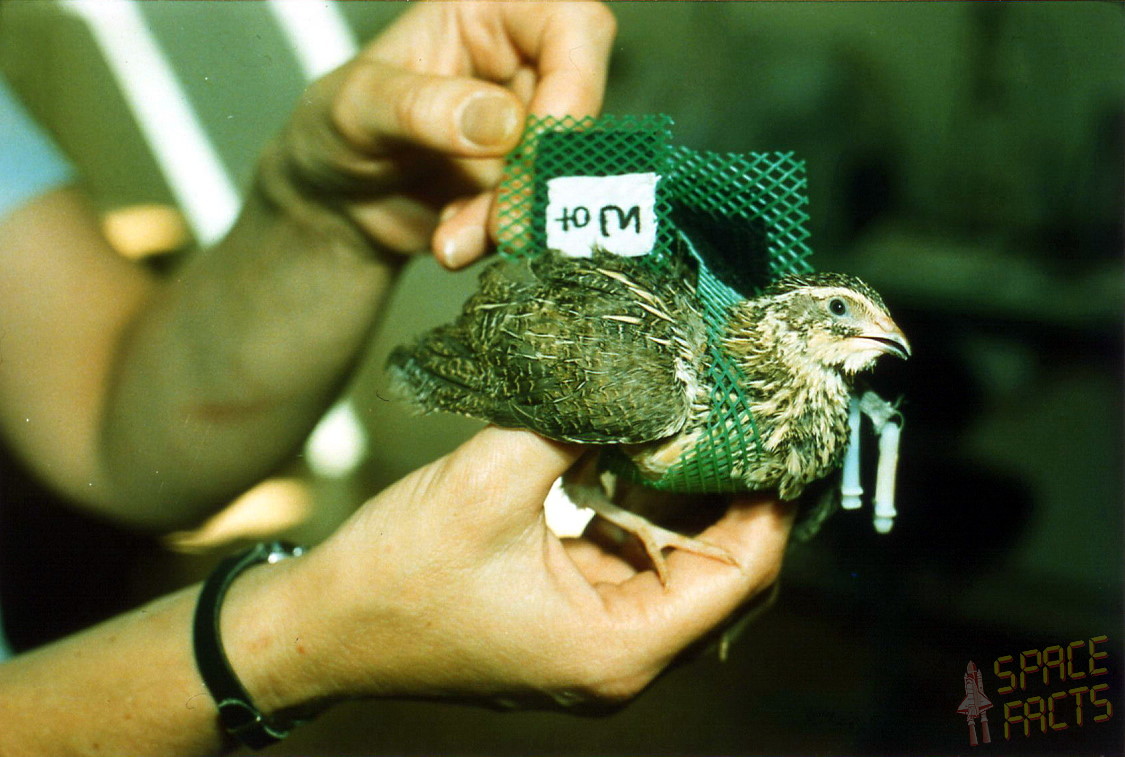Today, when discussing life in zero gravity this idea popped into my head. At first I was curious to know if any experiments have been done with birds in low/zero gravity environments.
Has anyone ever attempted/discussed bringing a bird onto one of those zero gravity flights or even brought one to the ISS?
My next thought was that of a man-powerd winged flight (something akin to the Icarus folklore but also open to the wackey machines in Red-bull competition!). Are there any current or proposed plans/ideas for anything like this?
